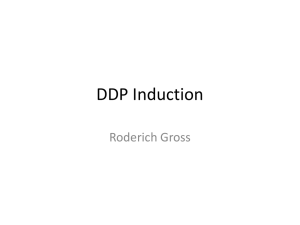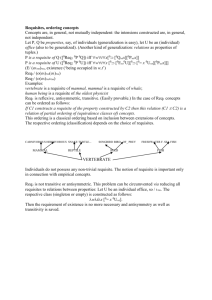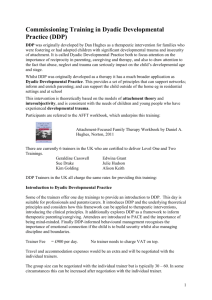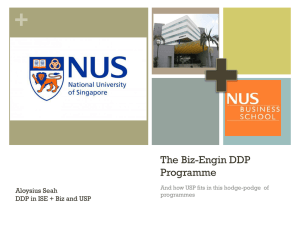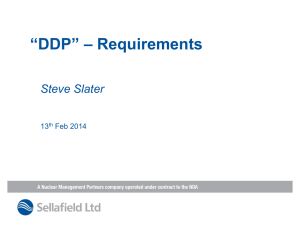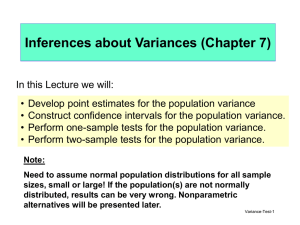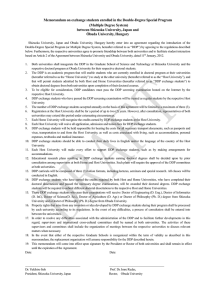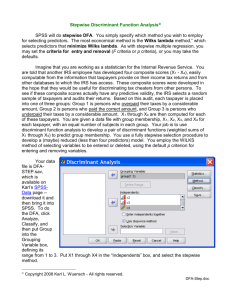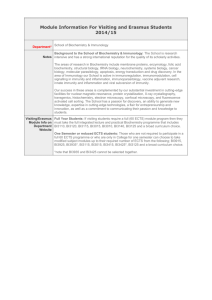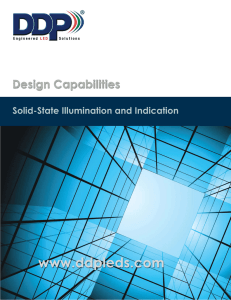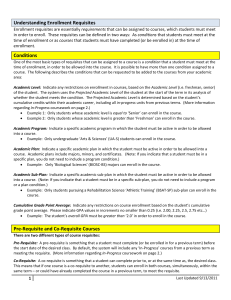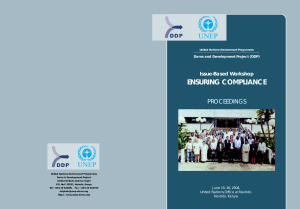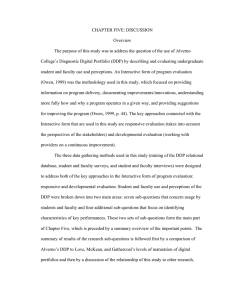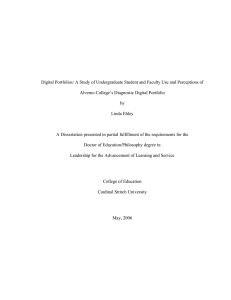PLTW Courses at Nottingham for Guidance and Administrators
advertisement
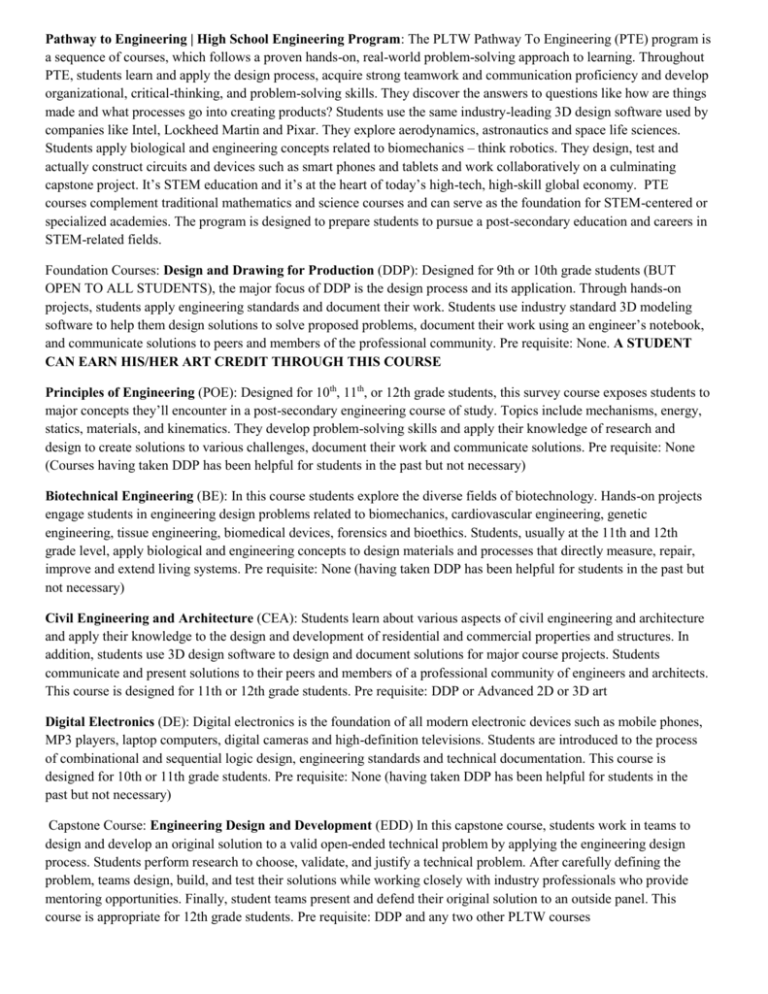
Pathway to Engineering | High School Engineering Program: The PLTW Pathway To Engineering (PTE) program is a sequence of courses, which follows a proven hands-on, real-world problem-solving approach to learning. Throughout PTE, students learn and apply the design process, acquire strong teamwork and communication proficiency and develop organizational, critical-thinking, and problem-solving skills. They discover the answers to questions like how are things made and what processes go into creating products? Students use the same industry-leading 3D design software used by companies like Intel, Lockheed Martin and Pixar. They explore aerodynamics, astronautics and space life sciences. Students apply biological and engineering concepts related to biomechanics – think robotics. They design, test and actually construct circuits and devices such as smart phones and tablets and work collaboratively on a culminating capstone project. It’s STEM education and it’s at the heart of today’s high-tech, high-skill global economy. PTE courses complement traditional mathematics and science courses and can serve as the foundation for STEM-centered or specialized academies. The program is designed to prepare students to pursue a post-secondary education and careers in STEM-related fields. Foundation Courses: Design and Drawing for Production (DDP): Designed for 9th or 10th grade students (BUT OPEN TO ALL STUDENTS), the major focus of DDP is the design process and its application. Through hands-on projects, students apply engineering standards and document their work. Students use industry standard 3D modeling software to help them design solutions to solve proposed problems, document their work using an engineer’s notebook, and communicate solutions to peers and members of the professional community. Pre requisite: None. A STUDENT CAN EARN HIS/HER ART CREDIT THROUGH THIS COURSE Principles of Engineering (POE): Designed for 10th, 11th, or 12th grade students, this survey course exposes students to major concepts they’ll encounter in a post-secondary engineering course of study. Topics include mechanisms, energy, statics, materials, and kinematics. They develop problem-solving skills and apply their knowledge of research and design to create solutions to various challenges, document their work and communicate solutions. Pre requisite: None (Courses having taken DDP has been helpful for students in the past but not necessary) Biotechnical Engineering (BE): In this course students explore the diverse fields of biotechnology. Hands-on projects engage students in engineering design problems related to biomechanics, cardiovascular engineering, genetic engineering, tissue engineering, biomedical devices, forensics and bioethics. Students, usually at the 11th and 12th grade level, apply biological and engineering concepts to design materials and processes that directly measure, repair, improve and extend living systems. Pre requisite: None (having taken DDP has been helpful for students in the past but not necessary) Civil Engineering and Architecture (CEA): Students learn about various aspects of civil engineering and architecture and apply their knowledge to the design and development of residential and commercial properties and structures. In addition, students use 3D design software to design and document solutions for major course projects. Students communicate and present solutions to their peers and members of a professional community of engineers and architects. This course is designed for 11th or 12th grade students. Pre requisite: DDP or Advanced 2D or 3D art Digital Electronics (DE): Digital electronics is the foundation of all modern electronic devices such as mobile phones, MP3 players, laptop computers, digital cameras and high-definition televisions. Students are introduced to the process of combinational and sequential logic design, engineering standards and technical documentation. This course is designed for 10th or 11th grade students. Pre requisite: None (having taken DDP has been helpful for students in the past but not necessary) Capstone Course: Engineering Design and Development (EDD) In this capstone course, students work in teams to design and develop an original solution to a valid open-ended technical problem by applying the engineering design process. Students perform research to choose, validate, and justify a technical problem. After carefully defining the problem, teams design, build, and test their solutions while working closely with industry professionals who provide mentoring opportunities. Finally, student teams present and defend their original solution to an outside panel. This course is appropriate for 12th grade students. Pre requisite: DDP and any two other PLTW courses


